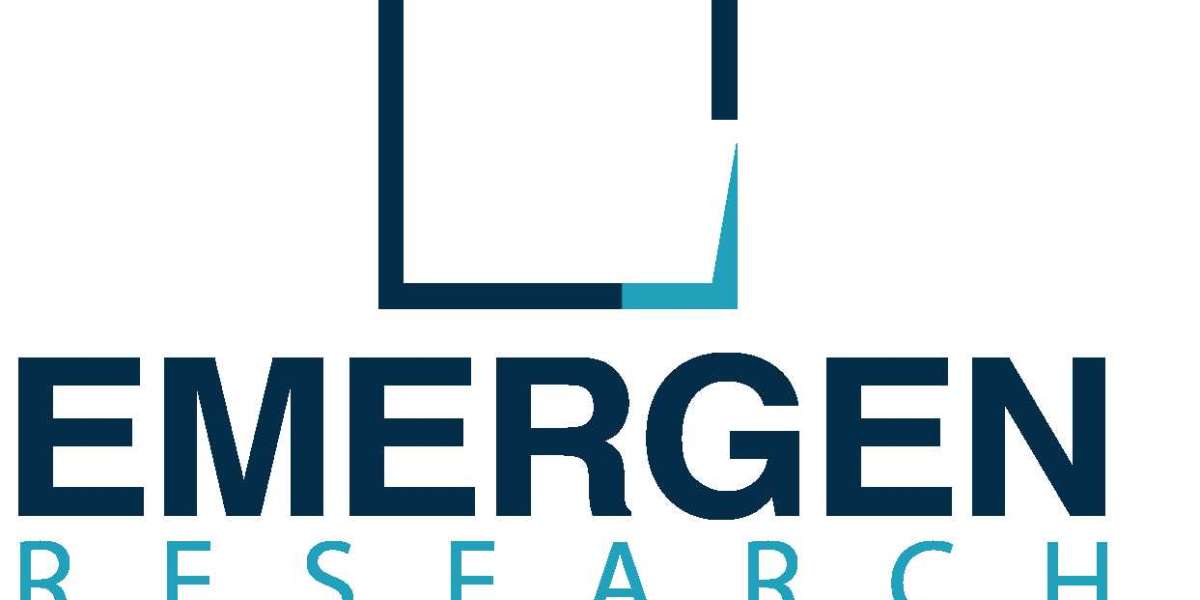Introduction to Remote Patient Monitoring
As the healthcare landscape evolves, remote patient monitoring (RPM) is emerging as a pivotal innovation. This technology allows healthcare providers to monitor patients outside traditional clinical settings, using various digital tools. The future of healthcare is being reshaped by RPM, offering a glimpse into a more connected, efficient, and patient-centric approach.
Benefits of Remote Patient Monitoring
Remote patient monitoring offers numerous advantages. Firstly, it enhances patient engagement by allowing individuals to take an active role in managing their health. For instance, patients with chronic conditions can regularly track their vital signs and share this data with their healthcare providers in real-time. This continuous monitoring can lead to early detection of potential health issues, thereby preventing complications and reducing hospital readmissions.
Moreover, RPM can significantly reduce healthcare costs. By minimizing the need for in-person visits and hospital stays, healthcare systems can allocate resources more efficiently. Additionally, remote monitoring can improve access to care, especially for patients in rural or underserved areas, bridging the gap between patients and healthcare providers.
Technological Innovations in RPM
The future of healthcare: remote patient monitoring in Industry Michael Sidhu is driven by cutting-edge technologies. Wearable devices, such as smartwatches and fitness trackers, are becoming increasingly sophisticated, capable of monitoring a wide range of health metrics, from heart rate to sleep patterns. These devices are often integrated with mobile apps, providing users with instant feedback and actionable insights.
Artificial intelligence (AI) and machine learning (ML) are also playing a crucial role in RPM. These technologies can analyze vast amounts of data, identifying patterns and predicting potential health issues before they become critical. For example, AI algorithms can detect irregular heart rhythms or early signs of respiratory distress, prompting timely medical intervention.
Challenges and Considerations
Despite its potential, remote patient monitoring faces several challenges. Data privacy and security are paramount concerns, as sensitive health information is transmitted and stored digitally. Ensuring robust cybersecurity measures is essential to protect patient data from breaches and unauthorized access.
Another challenge is the digital divide. Not all patients have access to the necessary technology or the digital literacy to use RPM tools effectively. Addressing these disparities is crucial to ensure that the benefits of remote monitoring are accessible to all, regardless of socioeconomic status or geographic location.
The Future of Healthcare: Remote Patient Monitoring in Industry Michael Sidhu
Looking ahead, the future of healthcare: remote patient monitoring in Industry Michael Sidhu holds immense promise. As technology continues to advance, RPM will become more integrated into everyday healthcare practices. Telehealth services, combined with remote monitoring, will offer comprehensive care solutions, enabling continuous patient support and improving health outcomes.
Moreover, the integration of RPM with electronic health records (EHRs) will streamline data sharing and enhance care coordination. Healthcare providers will have a holistic view of a patient's health, facilitating personalized treatment plans and more informed decision-making.
Conclusion
In conclusion, remote patient monitoring is set to revolutionize the healthcare industry. By leveraging advanced technologies and addressing existing challenges, RPM can enhance patient care, reduce costs, and improve access to healthcare services. The future of healthcare: remote patient monitoring in Industry Michael Sidhu is bright, promising a more connected and efficient healthcare system that prioritizes patient well-being.


